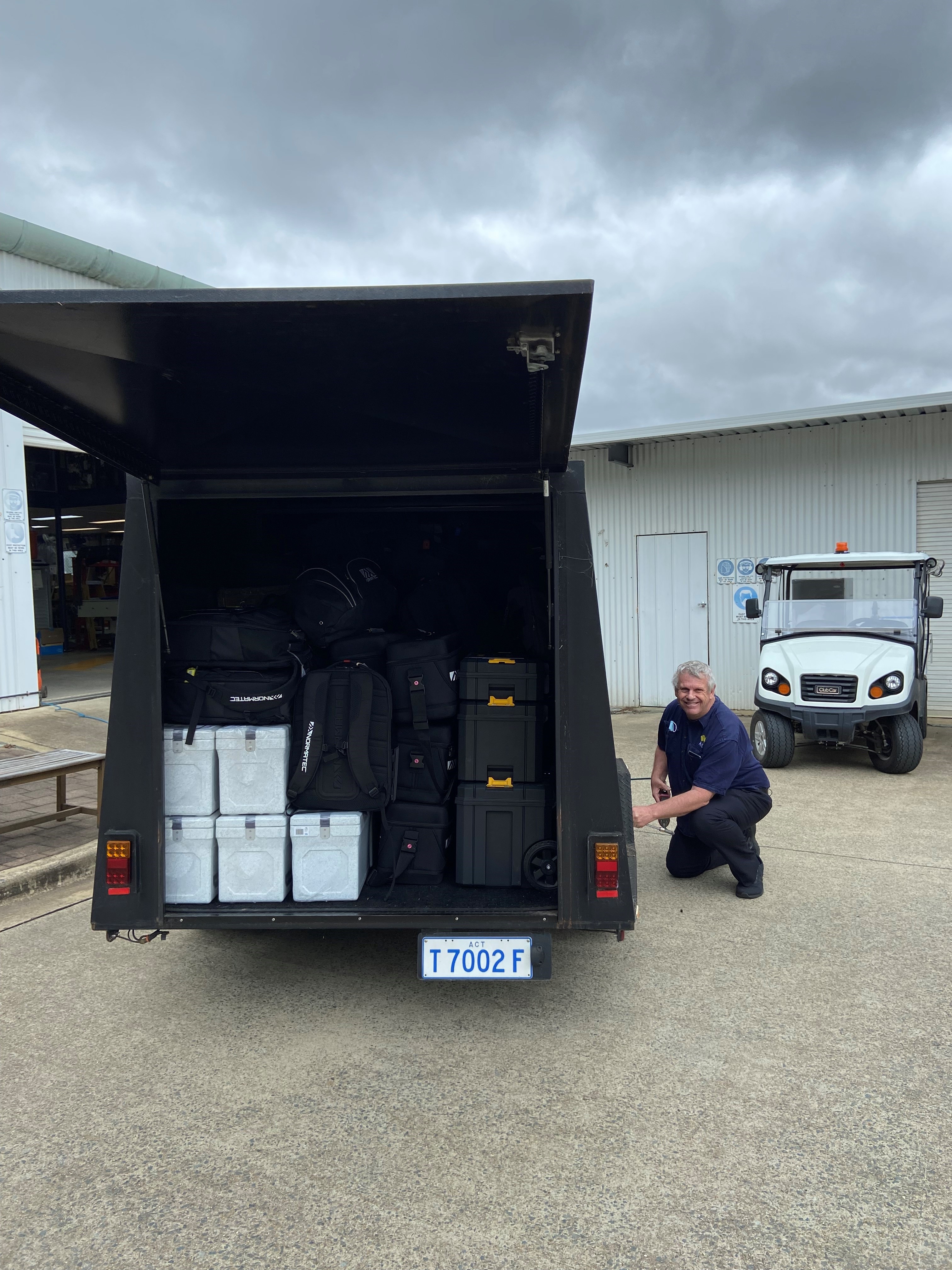More than 350kgs of recovery equipment, including ice baths and specialised compression devices, is on its way to Birmingham as the Australian Institute of Sport (AIS) gets ready to support our Commonwealth Games team.
AIS Rest Hub Senior Advisor Steph Shell will be Australia’s recovery lead for the Commonwealth Games and is one of three AIS recovery specialists working with sports in the build-up to July’s Games. Recovery equipment is expected to arrive in late June, with AIS staff to set up a headquarters at the Birmingham University.
“We need to pack for all the possible contingencies,” Shell said. “For some sports we might be able to have a one-stop shop with ice baths, compression and nutrition in the one location, but for others they may need to be spread out over five or six possible sites at the competition or accommodation settings.”
“In a Games context, where athletes need to back-up performances in a short timeframe, the recovery process is an essential element of planning and preparation. Our recovery efforts help reduce soreness, enhance physical and psychological recovery, reduce thermal strain by decreasing core body temperature, which can be particularly important for some of our para-athletes, and enhance readiness to perform.”
This week, Shell has been in Queensland working with Volleyball Australia and Diving Australia. The AIS is also working with lawn bowls, wheelchair basketball, and para powerlifting and will assist sports in developing their own bespoke recovery plans as needed.
“Part of the role involves educating and up-skilling sports in preparing their recovery set ups, equipment, procedures and best practice guidelines on how to ensure peak athlete performance,” Shell said.
“With diving we have been working on educating their athletes on recovery, sleep and travel. Between now and their departure for the Games we will work on travel and encourage jet lag adaptation schedules around light avoidance and light seeking times.
“There’s considerable work to be done in the lead up to the Games, and then again when we are on the ground, so we can best support our athletes through the recovery process.”








